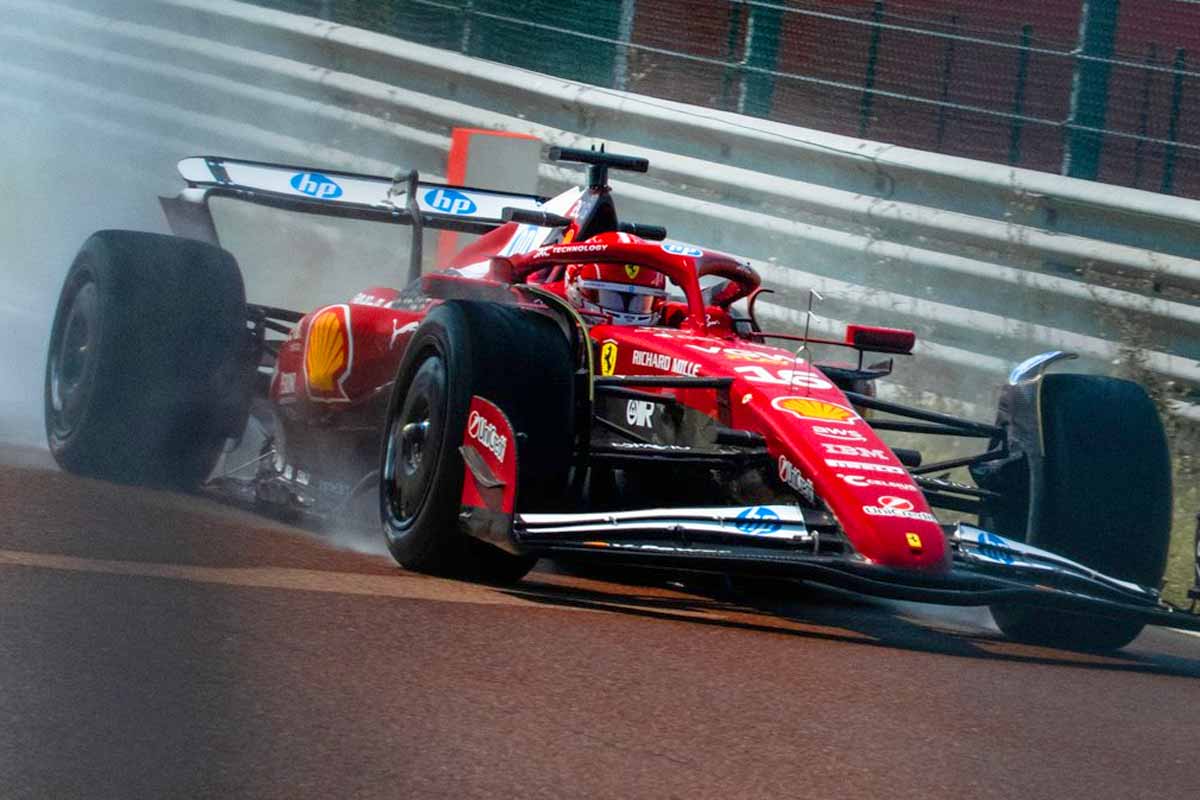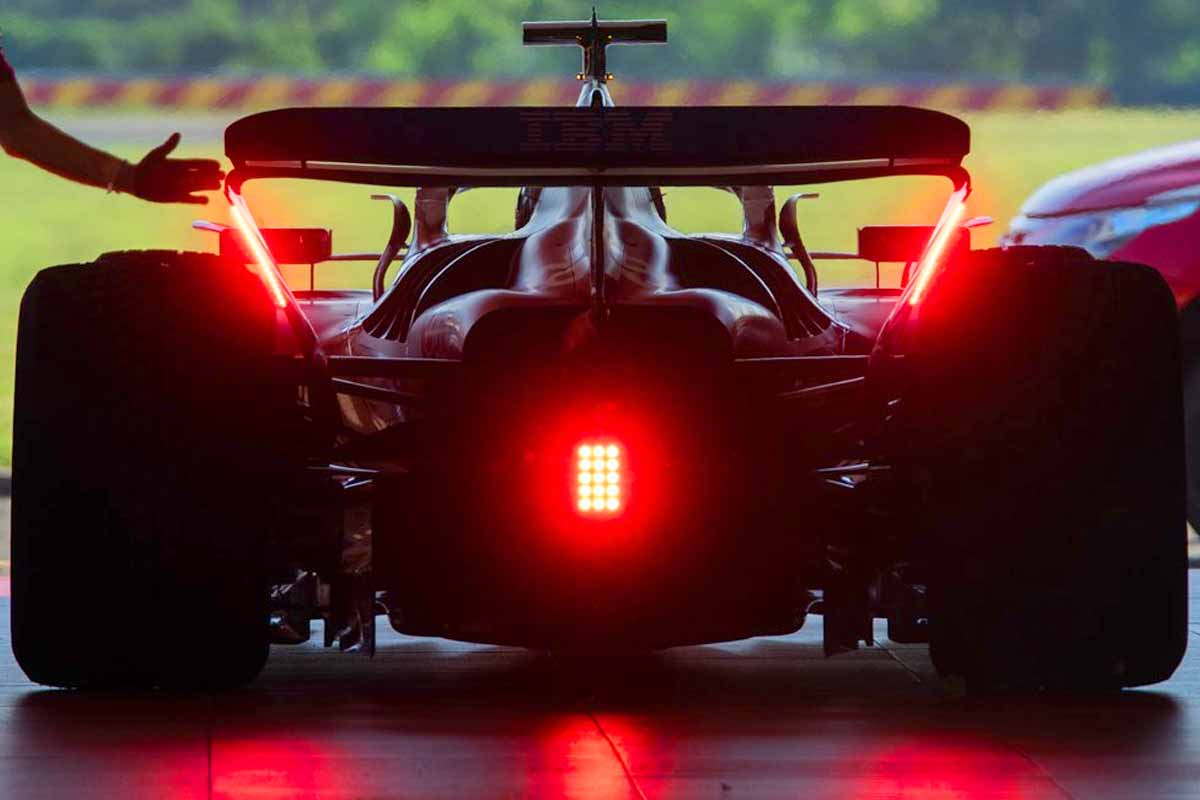
The Austrian Grand Prix 2025 will mark a symbolic milestone in Ferrari's season: the Scuderia finally introduces the very first major evolution of its SF-25. After months of criticism, technical questions and doubts, according to the media outlet AutoRacer, it's an advanced flat-bottom design that will make its debut at the Red Bull Ring. And contrary to what some might think, this is no minor evolution. It's a key component, the fruit of a long process of reflection designed to correct certain problems with the SF-25.
First patch delivered ahead of schedule
It all goes back to Melbourne, to the very first Grand Prix. F1 of the season. Here, Maranello's engineers discovered a fundamental design flaw: the car, though promising on paper, failed to exploit its aerodynamic potential within a consistent operating window. The result? An unstable, unpredictable single-seater that does little to match the driving style of its two drivers, particularly Lewis Hamilton.
Since then, the technical departments headed by Loïc Serra and Diego Tondi have had to rethink their entire approach. The background to be introduced in Austria therefore represents the hope of correcting a concept whose potential has been untapped since the first race.
The new bottom was originally due to be introduced at Silverstone, but Ferrari's critical situation prompted the engineers to speed things up. Now that its development in the wind tunnel has been validated, the technical department has decided to start using it at the Red Bull Ring. It's not the miracle we were hoping for, but a vital step towards reopening the famous "operating window" so often mentioned this season.
Although it won't upset the pecking order overnight, the potential gain, however small, could be invaluable on a circuit as short as Austria, particularly for improving qualifying performances.
Behind the scenes, the atmosphere remains tense. Fred Vasseur is still defending a project he considers full of potential. And although Lewis Hamilton has publicly given his support to the Scuderia director, he has made no secret of his frustrations. Adapting to the SF-25 is complex, and his expectations were much higher for his first season in red.
Resources already focused on 2026

However, the signals are clear: the SF-25 will no longer be developed beyond this Austrian package. Since mid-June, the single-seater has been out of the wind tunnel. All attention is now focused on project 678, the future car for 2026, which will comply with the new technical regulations.
Recent tests at Fiorano with Leclerc and Zhou were used to fine-tune some of the parts planned for this future F1, including a new front wing designed for the Monza Grand Prix.
This weekend's baseline won't change everything, but it does mark a first step forward with developments that have been awaited for several Grands Prix. Another development expected for Silverstone could concern the rear suspension.
"We'll have an upgrade soon, before the UK Grand Prix. And maybe another one a little later," said Frédéric Vasseur after the Canadian Grand Prix.
The Austrian Grand Prix won't say whether Ferrari is back on top, but it could at least show that the team has regained a clear direction. A first, concrete response to the many criticisms of the start of the season, and to Frédéric Vasseur's team's ability to react. This year's objective? Cling on to 2nd place in the constructors' championship and try to pick up one or two wins before the end of the season.
Vasseur is well placed in the scuderia, the Italian press is what it is ... we are brand enthusiasts (the Italians).
Hamilton's going to have a hard time of it, that's for sure! The transalpine mentality will take time for him to adapt, and with Leclerc they form a very good team that's going to break through...
So let's wait for the next new features (the flat bottom, for example).
Forza FERRARI §§§